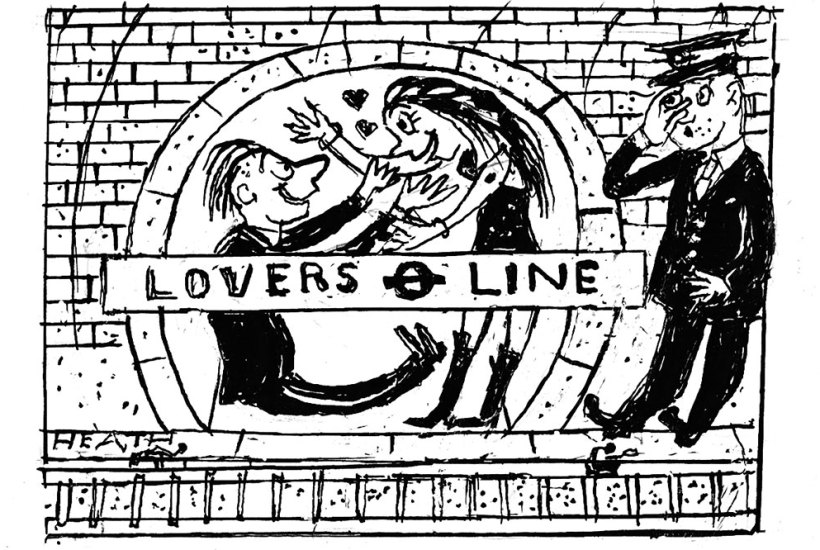What is it about a tunnel that excites us so? Last week’s story about the secret one in a New York synagogue fascinated the world, despite (or perhaps because of) the fact that no one knew why the thing had been built in the first place. Police attempted to close it, and indeed fill it with cement, leading to fights with a group of young men trying to defend the tunnel, which went under the street and led to at least one other nearby building.
Already a subscriber? Log in
Subscribe for just $2 a week
Try a month of The Spectator Australia absolutely free and without commitment. Not only that but – if you choose to continue – you’ll pay just $2 a week for your first year.
- Unlimited access to spectator.com.au and app
- The weekly edition on the Spectator Australia app
- Spectator podcasts and newsletters
- Full access to spectator.co.uk
Or
Unlock this article
You might disagree with half of it, but you’ll enjoy reading all of it. Try your first month for free, then just $2 a week for the remainder of your first year.








Comments
Don't miss out
Join the conversation with other Spectator Australia readers. Subscribe to leave a comment.
SUBSCRIBEAlready a subscriber? Log in